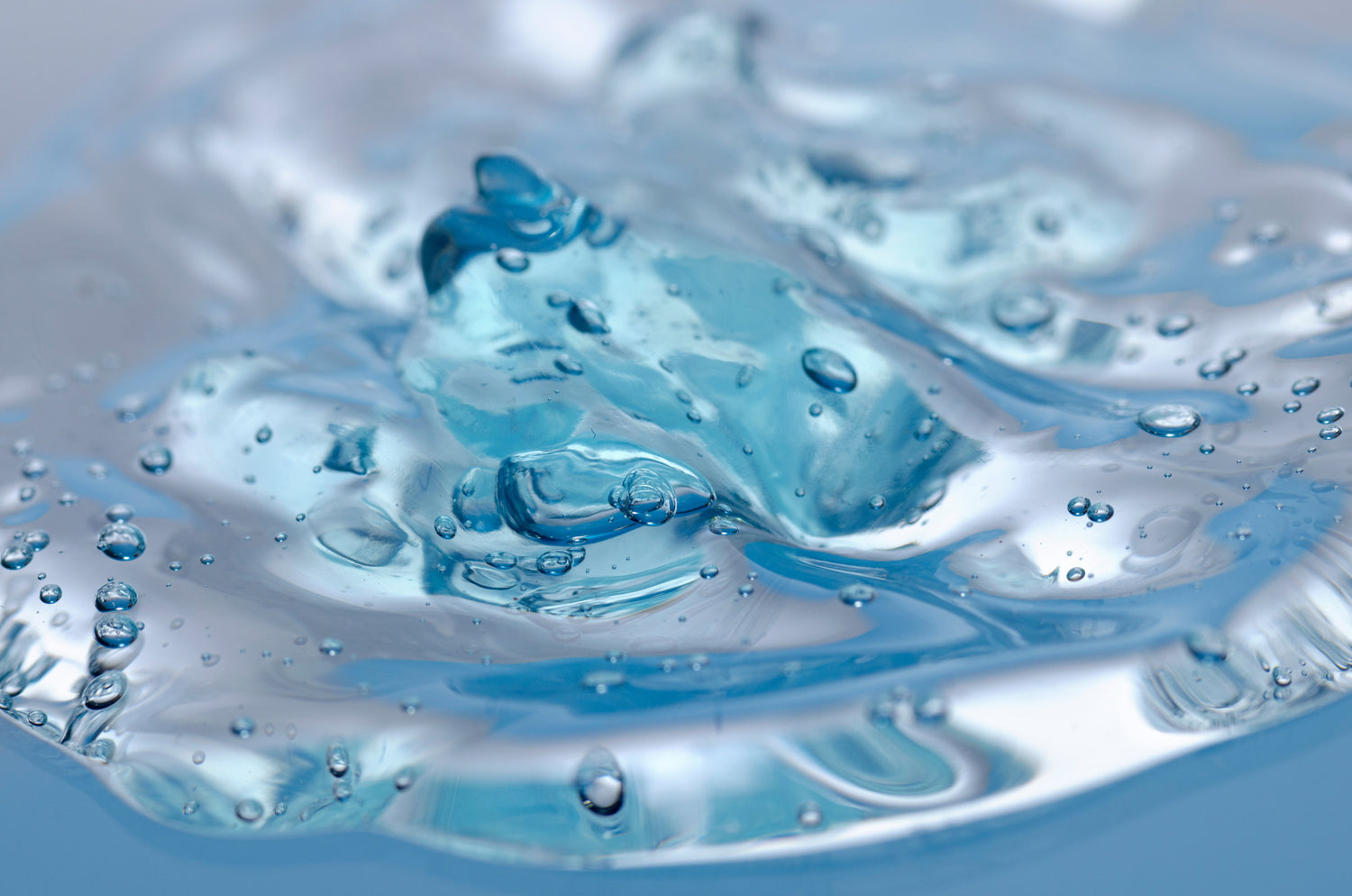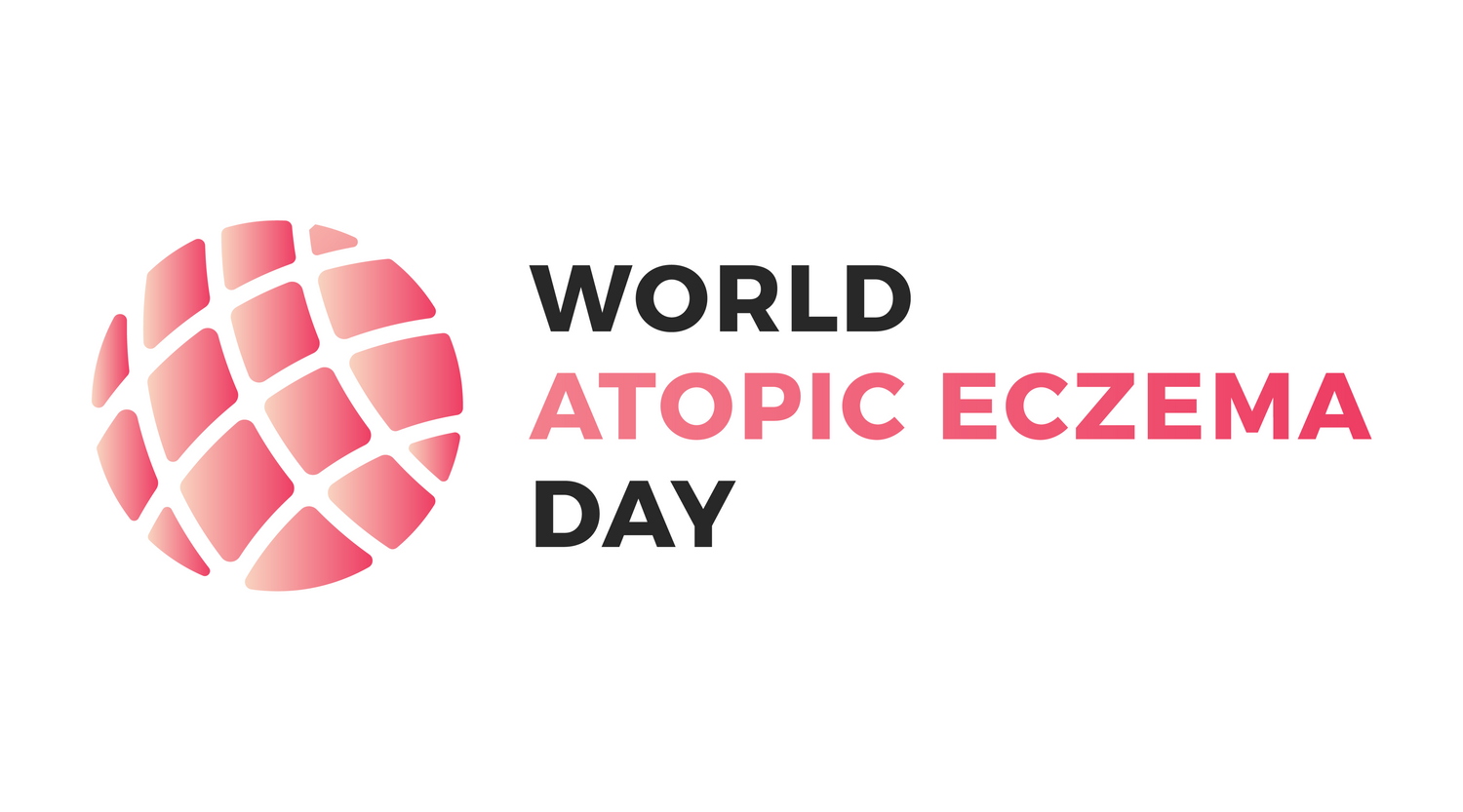Seborrheic dermatitis is a common skin condition that affects many individuals, causing discomfort and visible symptoms on the face. In this blog, we will explore what seborrheic dermatitis is, its causes, who it affects, and most importantly, how it can be effectively treated using a natural approach. Seborrheic dermatitis can be a bothersome condition, but with the right knowledge and treatment methods, you can manage its symptoms and improve your skin's health. By embracing natural alternatives and incorporating them into your skincare routine, you can achieve healthier, calmer, and more balanced skin without the potential risks and side effects associated with topical steroids.
What is Seborrheic Dermatitis & What Causes It?
Seborrheic dermatitis is a chronic, inflammatory skin condition that affects various areas of the body, including the face. It is characterized by redness, itching, flaking, and greasy scales on the skin. The condition primarily occurs in areas rich in sebaceous glands, such as the scalp, eyebrows, nose, and forehead.
Seborrheic dermatitis can manifest differently in different individuals. In infants, it is commonly referred to as cradle cap and typically appears as thick, yellowish scales on the scalp. In adults, it often presents as dandruff on the scalp or as red, flaky patches on the face, particularly around the eyebrows, nose and forehead.
While seborrheic dermatitis is not a contagious or life-threatening condition, it can cause significant discomfort and self-consciousness due to its visible symptoms. Fortunately, there are various treatment options available to manage the condition effectively and minimize its impact on daily life.
What Causes Seborrheic Dermatitis?
The exact cause of seborrheic dermatitis is still not fully understood. However, several factors are believed to contribute to its development. Here are some potential triggers and risk factors associated with seborrheic dermatitis:
-
Malassezia overgrowth: The overgrowth of a yeast called Malassezia on the skin is considered a primary factor in the development of seborrheic dermatitis. This yeast is naturally present on the skin and feeds on the oils produced by the sebaceous glands. In individuals with seborrheic dermatitis, the Malassezia yeast population increases, leading to an inflammatory response in the skin.
-
Hormonal factors: Hormonal imbalances can play a role in triggering seborrheic dermatitis. Fluctuations in hormones, such as those experienced during puberty, pregnancy, or as a result of certain medical conditions, can contribute to the development or worsening of the condition.
-
Genetic predisposition: There appears to be a genetic component to seborrheic dermatitis. If you have a family history of the condition or other related skin disorders, you may be more susceptible to developing it.
-
Environmental factors: Certain environmental factors can exacerbate seborrheic dermatitis symptoms. These include hot and humid weather, exposure to harsh chemicals, and increased stress levels.
-
Weakened immune system: A compromised immune system can make individuals more susceptible to developing seborrheic dermatitis. Conditions such as HIV/AIDS, autoimmune disorders, and certain medications that suppress the immune system can increase the risk.
It's important to note that while these factors may contribute to the development of seborrheic dermatitis, the condition can still occur in individuals without any apparent risk factors. If you suspect you have seborrheic dermatitis, it is best to consult with a healthcare professional for an accurate diagnosis and appropriate treatment.
How To Treat Seborrheic Dermatitis?
Gentle Cleansing: Use a mild, non-irritating cleanser specifically formulated for sensitive skin. Gently wash the affected areas with warm water to remove excess oil, flakes and debris without causing further irritation. We recommend using the Anti Redness Wash as a soap free cleanser that is gentle on all skin types and formulated from natural ingredients
Regular Moisturising: Applying a gentle, non-comedogenic moisturiser helps soothe dryness and reduce redness. We recommend the C+ Eczema & Dermatitis Cream. The C+ Cream contains a unique blend of naturally hydrating ingredients, including Manuka Honey, Calendula and Gotu Kola, known for their soothing properties.
Avoiding Triggers: Identify and avoid potential triggers that exacerbate seborrheic dermatitis symptoms. These can include stress, harsh skincare products, certain cosmetic ingredients and extreme weather conditions.
Lifestyle Modifications: Practicing good skincare hygiene, managing stress levels, and adopting a healthy lifestyle that includes regular exercise and a balanced diet can support overall skin health and reduce the likelihood of flare-ups.
Why Choose a Natural Alternative over Topical Steroids?
Topical steroids are commonly prescribed for the treatment of seborrheic dermatitis, but they come with potential risks and side effects, particularly when used over a long period. Grahams Natural alternatives provide a safe and effective approach without the drawbacks of topical steroids. Here's why you should consider natural products:
- Non-steroidal: Non-steroidal formulations provide relief without the potential adverse effects associated with long-term steroid use.
- Gentle and soothing: The naturally hydrating ingredients in these products, such as calendula, chamomile and aloe vera, help calm irritated skin, reduce inflammation and promote healing.
- Moisturising properties: The hydrating qualities of the C+ Cream and Body & Bath Oil help combat dryness, flaking, and itching providing long-lasting relief.
- Holistic approach: Grahams Natural's Mega Oil complements the external treatment by offering an internal solution. Its blend of essential fatty acids supports overall skin health and helps reduce inflammation from within.
Seborrheic dermatitis on the face can be a bothersome condition, but with the right treatment approach, you can effectively manage its symptoms and improve your skin's health. Grahams Natural offer an alternative that is gentle, non-steroidal and designed to provide relief.
Remember, if you have persistent or severe symptoms, it's always best to consult with a healthcare professional for a personalised treatment plan.





